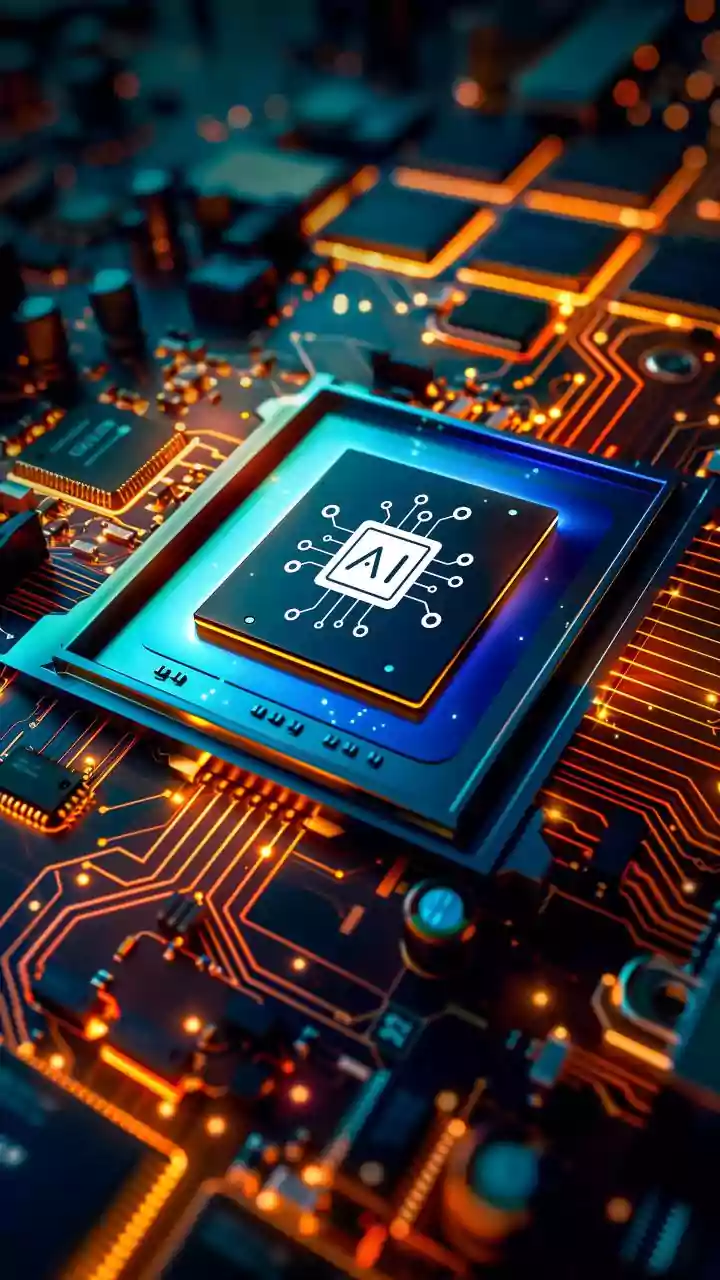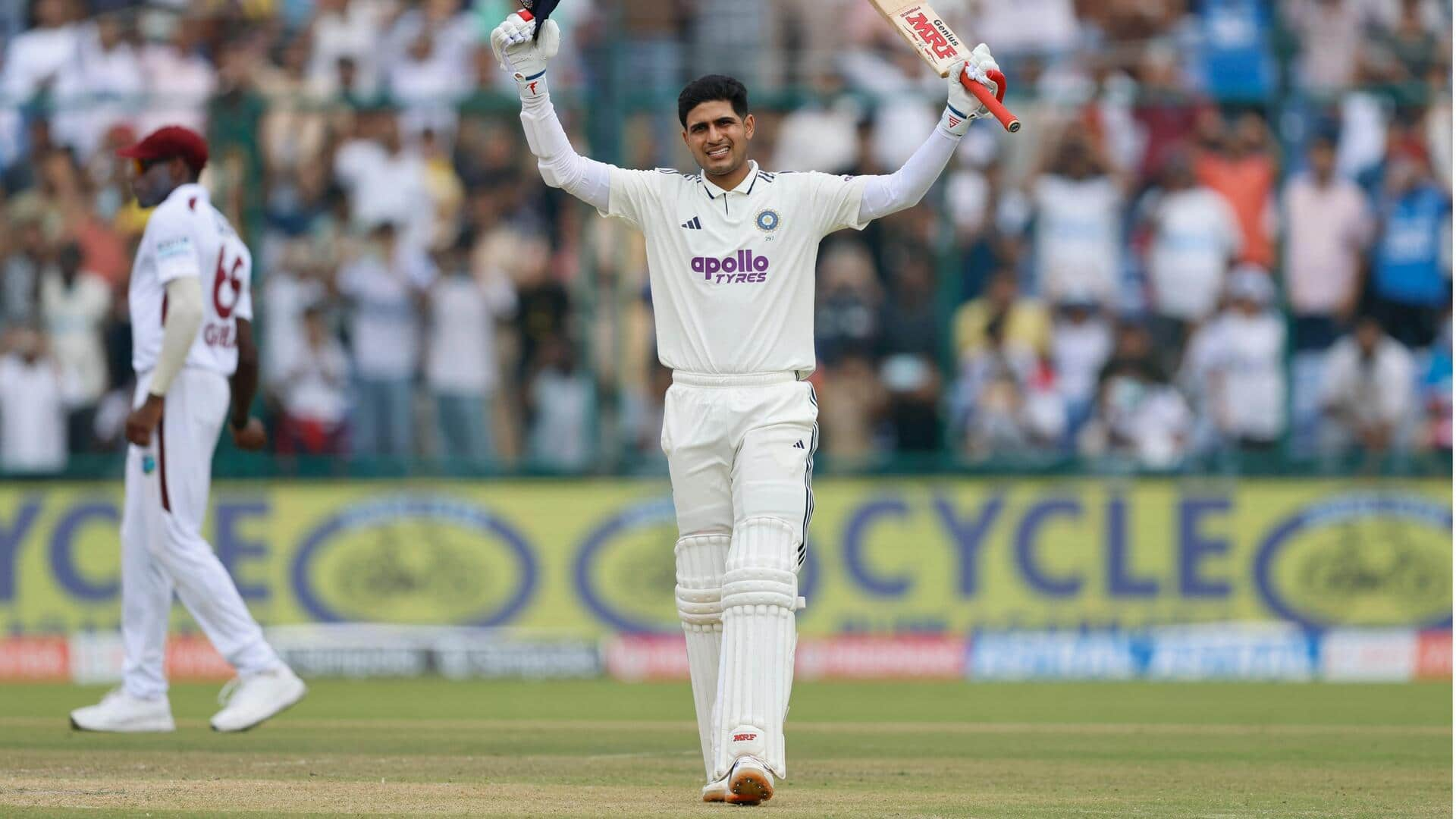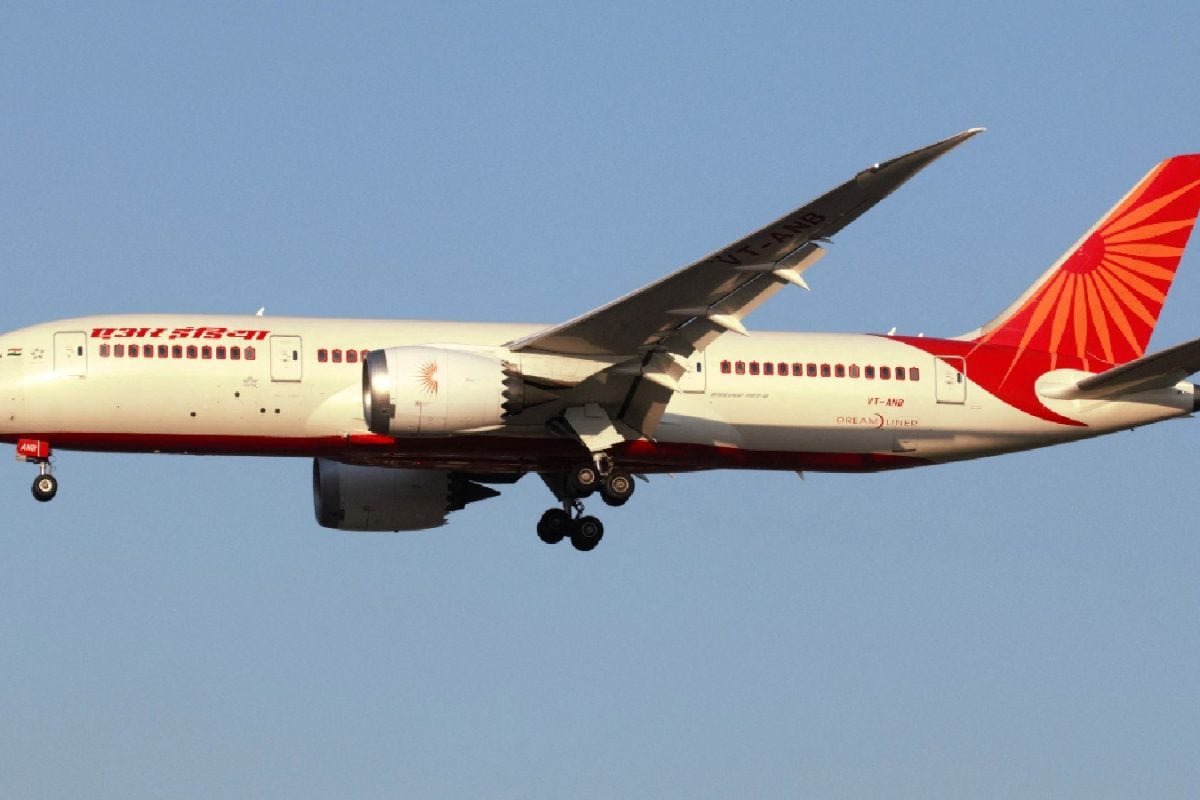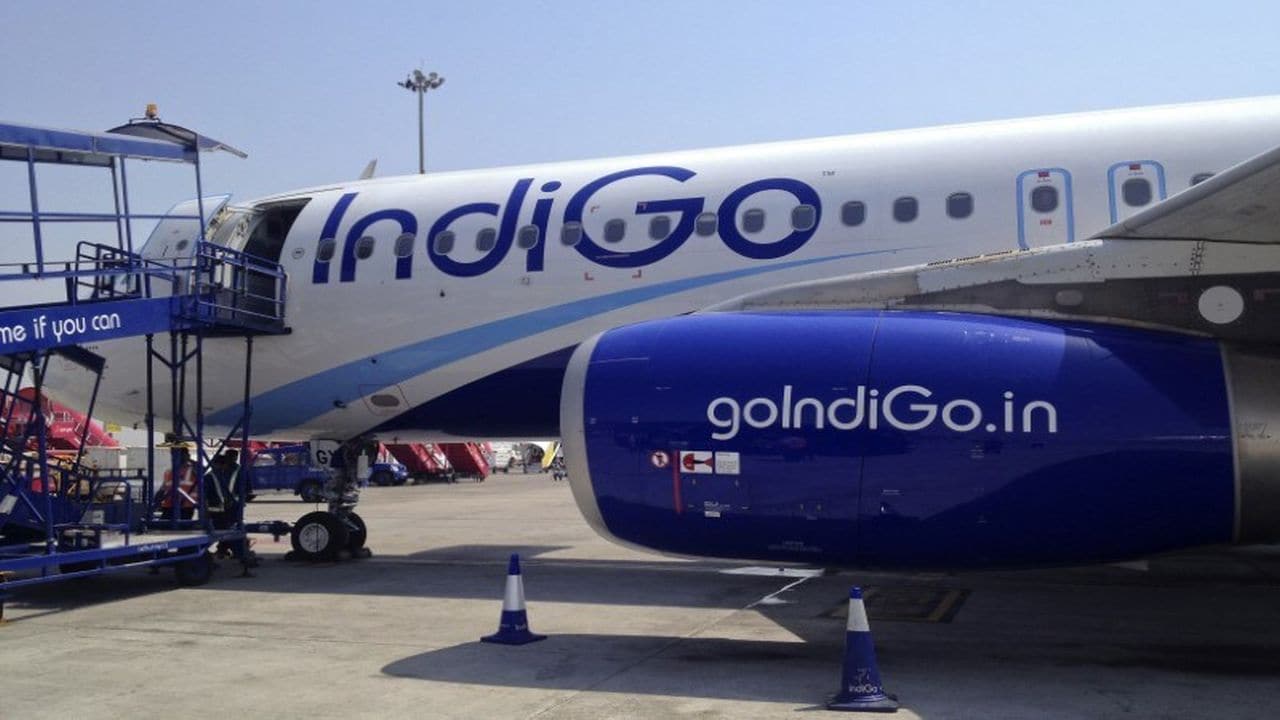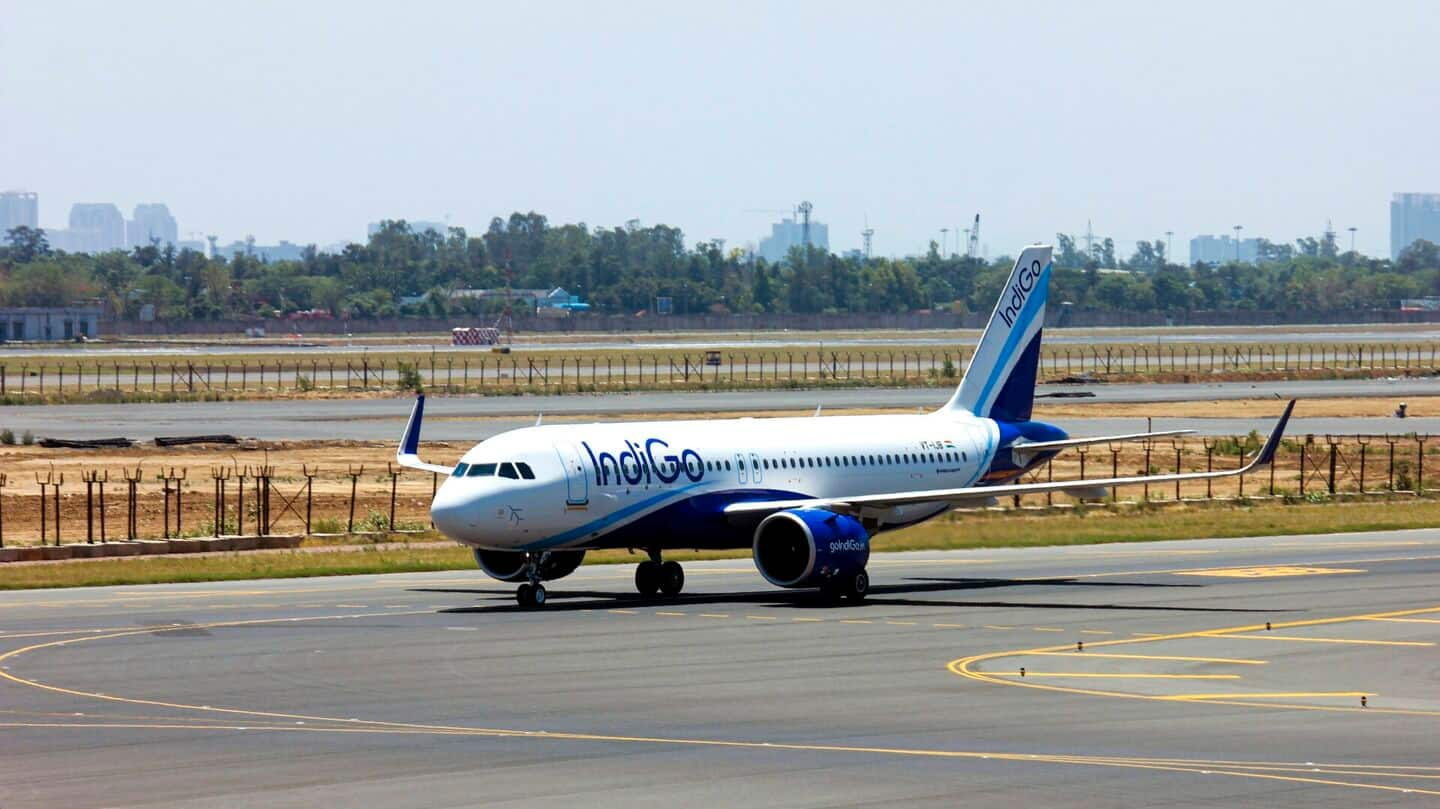RAT Stowage Concerns
The DGCA's recent instruction to Air India highlights concerns surrounding the Ram Air Turbine (RAT) stowage within their Boeing 787 fleet. The RAT is
a critical safety feature, designed to provide emergency power to the aircraft in case of primary power failure. It is crucial to ensure that the RAT is deployed safely and operates correctly when needed. The directive was issued after certain incidents involving the RAT raised concerns, and after the replacement of a Power Conditioning Module (PCM). These incidents triggered the need for a comprehensive inspection of how the RAT is stored and its condition, reinforcing aviation safety standards. This ensures that emergency systems are reliable and that potential risks are proactively addressed. A thorough inspection is essential for upholding the aircraft's overall safety.
PCM Replacement Impact
The Power Conditioning Module (PCM) replacement is another pivotal reason behind the DGCA's directive. The PCM is a component that regulates electrical power within the aircraft, and its maintenance or replacement often involves access to various systems, including those related to the RAT. Following the PCM replacement, the DGCA's decision to initiate a re-inspection suggests a cautious approach. It suggests that there might be an indirect connection between the PCM replacement procedure and the observed issues with the RAT. This might involve the possibility of improper handling during maintenance, accidental disruptions, or the need to verify the correct functioning of connected systems following the PCM work. The DGCA's vigilance emphasizes the interconnected nature of aircraft systems, where work on one component could influence the behavior of others.
Boeing's Role Investigating
In addition to Air India's actions, the DGCA has requested reports and further investigation from Boeing, the aircraft manufacturer. This reflects a collaborative effort to address the issues. Boeing is expected to provide insights, analysis, and potentially recommendations based on its understanding of the aircraft's design, operational history, and maintenance procedures. This request suggests a detailed examination, possibly including the review of design specifications, maintenance practices, and any similar incidents across the Boeing 787 fleet. The involvement of Boeing aims to ensure a comprehensive understanding of the issues. By integrating the manufacturer's expertise, the DGCA intends to enhance aviation safety protocols, ensuring that potential design flaws or maintenance gaps are appropriately addressed to prevent future incidents.
Safety Measures Enhanced
The overall aim of the DGCA's directive is to enhance safety measures within Air India's operations. This includes the immediate step of re-inspecting the RAT stowage and the longer-term goals of understanding the root causes of the incidents. By ordering these actions, the DGCA is reinforcing the importance of proactive safety measures. The re-inspection, requested reports, and overall investigation are designed to mitigate potential hazards and prevent future safety incidents. These steps align with a commitment to continuous improvement in aviation safety standards. This ensures passenger and crew safety is the topmost priority. Ultimately, it ensures that Air India's Boeing 787 fleet operates with the highest possible safety levels.


